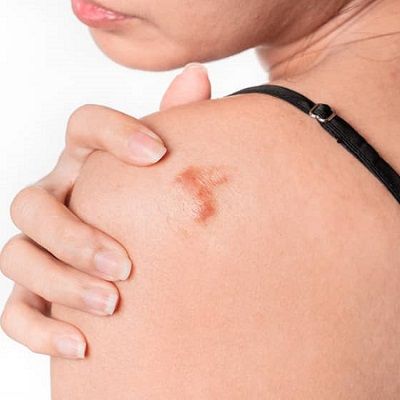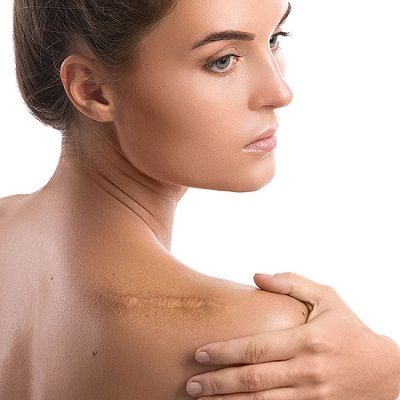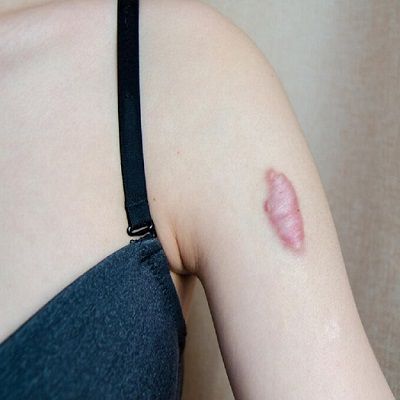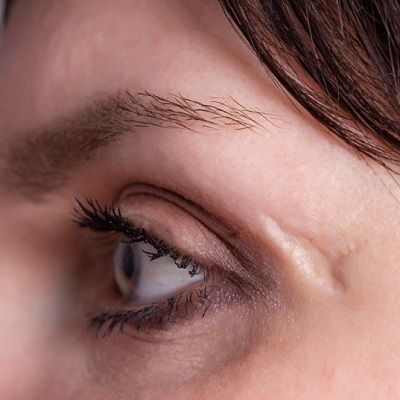
The skin, the body’s biggest organ, plays a vital part in protection, sensation, and regulating different physiological processes. Notwithstanding, when the skin encounters injury, the recuperating system doesn’t necessarily continue without difficulties. In certain people, a chance towards keloid development might happen. Keloids are raised, congested scars that stretch out past the limits of the first injury. This strange healing reaction is believed to be connected with an overproduction of collagen during maintenance. At the point when the skin is harmed, whether because of medical procedure, injury, or even minor cuts, keloids can grow, frequently introduced as thick, raised, and discolored regions. Dissimilar to average scars, keloids can be bothersome, difficult, and cosmetically disappointing. However, they do not know about Which Surgery is Best for Keloid.
What is it?
Keloids are raised, congested scars that stretch out past the limits of the first injury. Not at all like common scars, keloids can be thick, raised, and may have a glossy, smooth appearance. They frequently occur after a physical issue or injury to the skin, like a medical procedure, piercing, burns, or even minor cuts. Keloids result from an unusual reaction to the injury recuperating process, described by an overproduction of collagen.
Different procedures can help to remove the keloids. Surgical interventions are among the treatment choices for keloids, yet it’s critical to take note that keloids tend to repeat. Therefore, the individual should choose the best option for the treatment according to the choice of the professional.
Procedure:
A few methods can be helpful to eliminate or work on the presence of keloids. It’s critical to take note that the adequacy of these methodologies can shift, and the decision of therapy relies upon elements, for example, the size and area of the keloid, the singular’s skin type, and their clinical history. Here are normal strategies useful to address keloids
Corticosteroid Infusions:
Intralesional(inside the lesion) corticosteroid infusions, like triamcinolone, can assist with lessening aggravation and hinder collagen creation. This is many times a first-line treatment.
Excision:
It is the surgical removal that includes excision of the keloid. After the removal, the doctor shuts the wound with stitches.
Laser Treatment:
Different laser medicines can be useful to target and separate the overabundance of collagen in the keloid, assisting with smoothing and decreasing its size.
Cryotherapy:
This includes freezing the keloid with fluid nitrogen. Cryotherapy can assist with decreasing the size and presence of the keloid.
Radiation Treatment:
After the surgical removal, the doctor may apply designated radiation treatment to the area to forestall keloid repetition. This is frequently helpful for bigger keloids.
Which Surgery is Best for Keloid?
The decision on surgical procedure for keloids relies upon different elements, including the size and area of the keloid, the singular’s clinical history, and the specialist’s ability. Thus, the choice to seek a medical procedure ought to be painstakingly thought of and extra therapies might be joined with a medical procedure to improve results. However, the most common surgical procedures for the removal of keloids are excision and cryotherapy. Radiotherapy may be used as an adjunct to these therapies to avoid the recurrence of keloids.
In the excision, the keloid is precisely removed, and the injury is shut with stitches. Notwithstanding, the gamble of repeat exists, and specialists might avoid potential risk to limit strain on the injury and may utilize strategies like careful closure, Z-plasty, or W-plasty to lessen pressure and work on the restorative result.
On the other hand, cryotherapy includes freezing the keloid with fluid nitrogen, making the tissue slough off. Cryotherapy might be useful alone or with other procedures. Mostly, after the procedure the doctor may apply radiation treatment to the area to forestall keloid repeat.
Aftercare:
If you are seeking Keloid Treatment in Dubai, appropriate aftercare is vital for helping the healing system, limiting the gamble of complications, and improving the consequences of the procedure. Whether the treatment includes a medical procedure, laser treatment, or different modalities, mindful aftercare adds to a smoother recuperation. Here are key contemplations for post-keloid treatment care
- Adhere to wound care guidelines, including tidiness, recommended balms, and dressing changes.
- Limit sun openness to the treated region and use sunblock whenever suggested.
- Try not to apply creams to the treated region without speaking with the medical care supplier.
- Screen for indications of infection and immediately report any disturbing side effects.
- Forestall injury or friction to the treated region and abstain from tight attire that might bother the healing skin.
- Stick to any movement limitations given by the medical services proficient.
- Go to booked follow-up arrangements for evaluations and wound checks.
- Keep utilizing pressure dressings or silicone sheets as coordinated to scar the board.
- Stick to endorsed prescriptions, like anti-infection agents or mitigating drugs.
- Be patient, as progress in keloid appearance takes time, and results may not be prompt.
Benefits:
While keloids can be challenging to treat and may tend to repeat, different treatment modalities are accessible to moderate their effect. Here are the potential advantages related to keloid treatment
- Eases side effects like tingling and tenderness
- Diminishes keloid size and thickness.
- Works on aesthetic appearance.
- Forestalls keloid recurrence
- Emphatically influences mental prosperity.
- Reestablishes functionality in impacted regions.
- Custom-made, individualized way to deal with treatment.
- Addresses explicit worries with different modalities.
- Thorough scar management
- Upgrades in general personal satisfaction.
Book A Consultation!
Most people feel confused about Which Surgery is Best for Keloid. Dynamic Clinic has highly experienced doctors who can help you choose the best treatment for you. So, book your consultation now by filling out the consultation form.


































